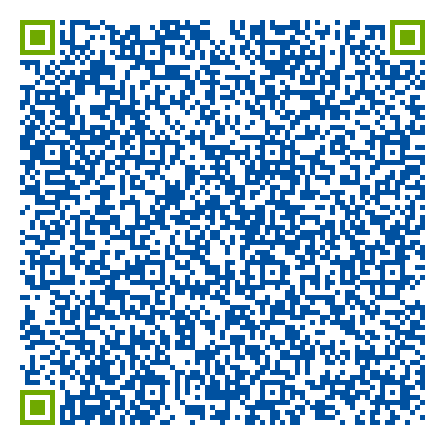Regulation of neural stem cell fate: Between transcription and translation.
- Datum
- 23.10.2015
- Zeit
- 11:00 - 12:00
- Sprecher
- Prof. Verdon Taylor, Embryology and Stem Cell Biology, Department of Biomedicine, University of Basel
- Serie
- CMCB Life Sciences Seminar
- Sprache
- en
- Hauptthema
- Biologie
- Andere Themen
- Biologie, Medizin
- Host
- Federico Calegari
- Beschreibung
- About the research of Prof. Taylor: The mammalian brain has a remarkable capacity for plasticity, critical for learning and memory and compensating for damage. However, the brains of mammals regenerate poorly, failing to generate appreciable numbers of new neurons. This was thought to be due to a lack of stem and progenitors cells in the postnatal brain, including in humans. It is accepted that the adult brain contains neural stem cells (NSCs) and in some species continue to generate neurons. Newborn adult neurons in the lateral forebrain and in the hippocampus contribute to olfaction and specific forms of memory, respectively. Using conditional mouse genetics and cell culture we are trying to understand the molecular mechanisms controlling NSC activity and fate during development and adulthood. We are also trying to elucidate why active NSCs are lost in infant humans and during aging. Publications: (1) Knuckles, P., Vogt, M.A., Lugert, S., Milo, M., Chong, M.M.W., Hautbergue, G.M., Wilson, S.A., Littman, D.R., and Taylor, V. (2012). Drosha regulates neurogenesis by controlling Neurogenin2 expression independent of microRNAs. Nature Neuroscience. 15, 962-969. (2) Giachino, C., Basak, O., Lugert, S., Knuckles, P., Obernier, K., Fiorelli, R., Frank, S., Raineteau, O., Alvarez-Buylla, A., and Taylor, V. (2014). Molecular diversity subdivides the adult forebrain neural stem cell population. Stem Cells 32, 70-84.(3) Basak, O., Giachino, C., Fiorini, E., MacDonald, H.R., and Taylor, V. (2012). Neurogenic subventricular zone stem/progenitor cells are Notch1-dependent in their active but not quiescent state J Neurosci. 32, 5654-5666. (4) Lugert, S., Vogt, M., Tchorz, J.S., Müller, M., Giachino. C. and Taylor, V. (2012). Homeostatic neurogenesis in the adult hippocampus does not involve amplification of Ascl1high intermediate progenitors. Nature Communications 3, 670.(5) Lugert, S., Basak, O., Knuckles, P., Häussler, U., Haas, C., Fabel, K., Goetz, M., Kempermann, G., Taylor, V. * and Giachino. C. (2010). Quiescent and active hippocampal neural stem cells with distinct morphologies respond selectively to physiological and pathological stimuli and aging. Cell Stem Cell, 6:445-456. (*senior and corresponding author).
- Links
Letztmalig verändert: 23.10.2015, 10:01:18
Veranstaltungsort
Center for Regenerative Therapies Dresden (CRTD, auditorium left)Fetscherstraße10501307Dresden
- Telefon
- +49 (0)351 458 82052
- Fax
- +49 (0)351 458 82059
- TUD CRTD
- Homepage
- https://tu-dresden.de/cmcb/crtd
Veranstalter
Center for Regenerative Therapies DresdenFetscherstraße 10501307Dresden
- Telefon
- +49 (0)351 458 82052
- Fax
- +49 (0)351 458 82059
- TUD CRTD
- Homepage
- https://tu-dresden.de/cmcb/crtd
Legende
- Ausgründung/Transfer
- Bauing., Architektur
- Biologie
- Chemie
- Elektro- u. Informationstechnik
- für Schüler:innen
- Gesellschaft, Philos., Erzieh.
- Informatik
- Jura
- Maschinenwesen
- Materialien
- Mathematik
- Medizin
- Physik
- Psychologie
- Sprache, Literatur und Kultur
- Umwelt
- Verkehr
- Weiterbildung
- Willkommen
- Wirtschaft


